October 04, 2024
Resonac Holdings Corporation (President: Hidehito Takahashi, hereinafter referred to as “REH”) is pleased to announce that “Sakuragawa Kyoso-no-Sato” (“Sakuragawa Co-creation Village”: Sakuragawa City, Ibaraki Prefecture), the activity hub for the “Kasumigaura Surrounding Environment Regeneration Project” aimed at ecosystem conservation through rice cultivation, has been recognized as a “Nature Coexistence Site” by the Ministry of the Environment (Hereinafter referred to as “this recognition”). This project is being carried out in collaboration with the NPO Asaza Fund (Headquarters: Ushiku City, Ibaraki Prefecture, Representative Director: Hiroshi Iijima, hereinafter referred to as “Asaza Fund”) and the Hatori District Residents’ Association in Makabe Town, Sakuragawa City (Headquarters: Sakuragawa City, Ibaraki Prefecture, hereinafter referred to as “Local Residents’ Association”).

The “Nature Coexistence Site” certification system is a unique initiative by Japan to achieve the international goal “30by30” — to effectively conserve more than 30%*1 of terrestrial and marine areas as healthy ecosystems by 2030*2. The Ministry of the Environment certifies areas where biodiversity conservation is being achieved through private sector efforts. The certified areas, excluding overlaps with protected areas, are registered in the international database as OECMs*3.
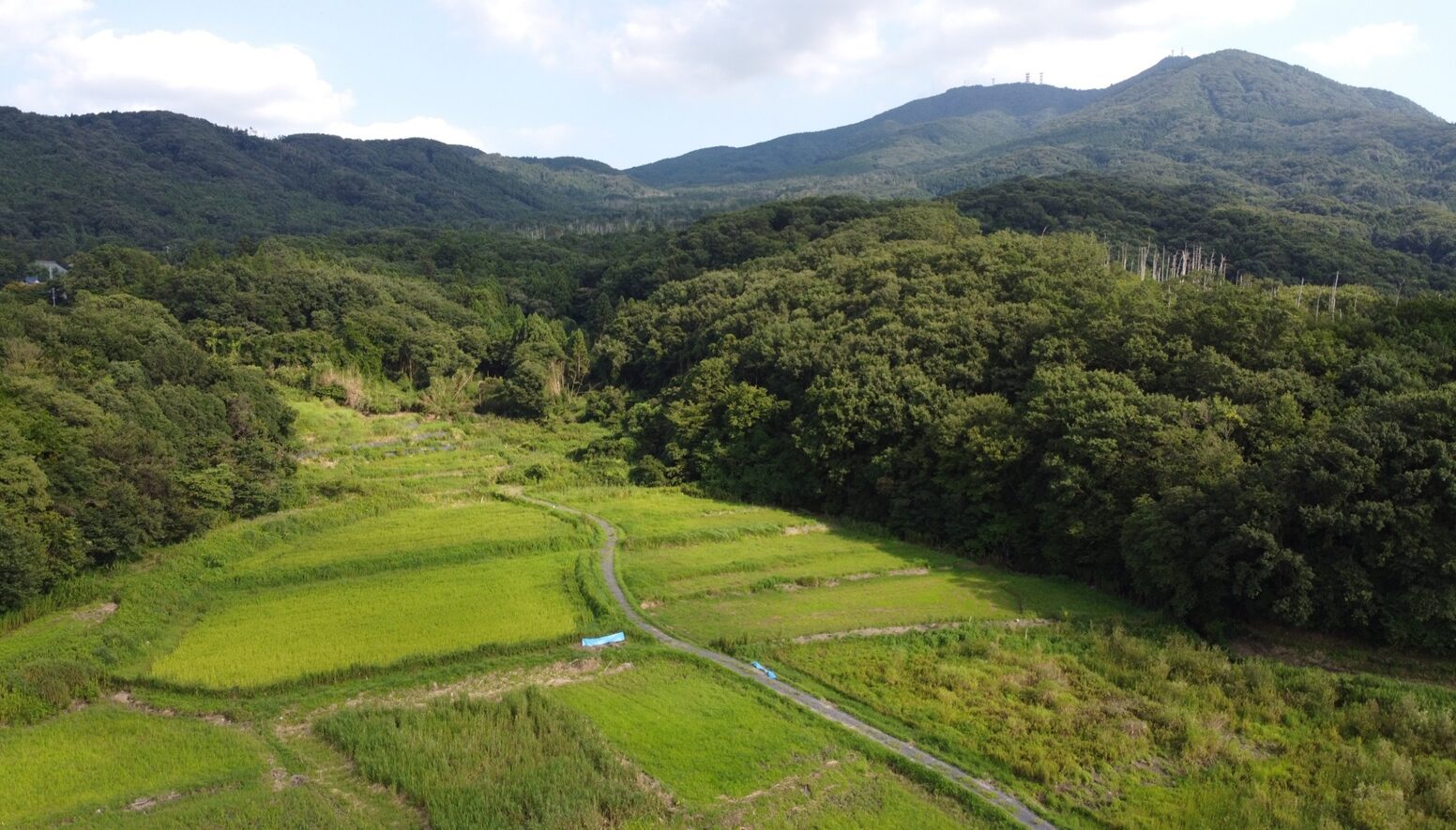
Sakuragawa Co-creation Village (Sakuragawa City, Ibaraki Prefecture)
Since 2012, the Resonac Group has been engaged in the “Kasumigaura Surrounding Environment Regeneration Project” as a social contribution activity with the Asaza Fund, aiming to conserve the environment and ecosystem of the Kasumigaura watershed*4, which the Resonac Group utilizes for industrial water. Starting in 2017, the Resonac Group began collaborating with the Asaza Fund and the Local Residents’ Association in Sakuragawa City, Ibaraki Prefecture, where the Sakuragawa River, one of the sources of Kasumigaura, flows. The activity hub was named “Sakuragawa Kyoso-no-Sato,” aiming to regenerate the satoyama environment and conserve the ecosystem through rice cultivation on abandoned farmland.
This recognition acknowledges Resonac Group’s long-standing efforts to conserve satoyama biodiversity and its collaboration not only with the Asaza Fund but also with the Local Residents’ Association. “Their activities harmonize agriculture with environmental preservation movement and are connected to initiatives that make the most of local culture,” the review committee commented.
REH has decided to disclose information on biodiversity conservation activities following the TNFD*5 framework and declares its commitment to accelerating efforts in biodiversity conservation*6.
The Resonac Group will continue its activities at “Sakuragawa Kyoso-no-Sato” in collaboration with the Asaza Fund and local communities, as well as promote a wide range of initiatives for biodiversity conservation in collaboration with various stakeholders.
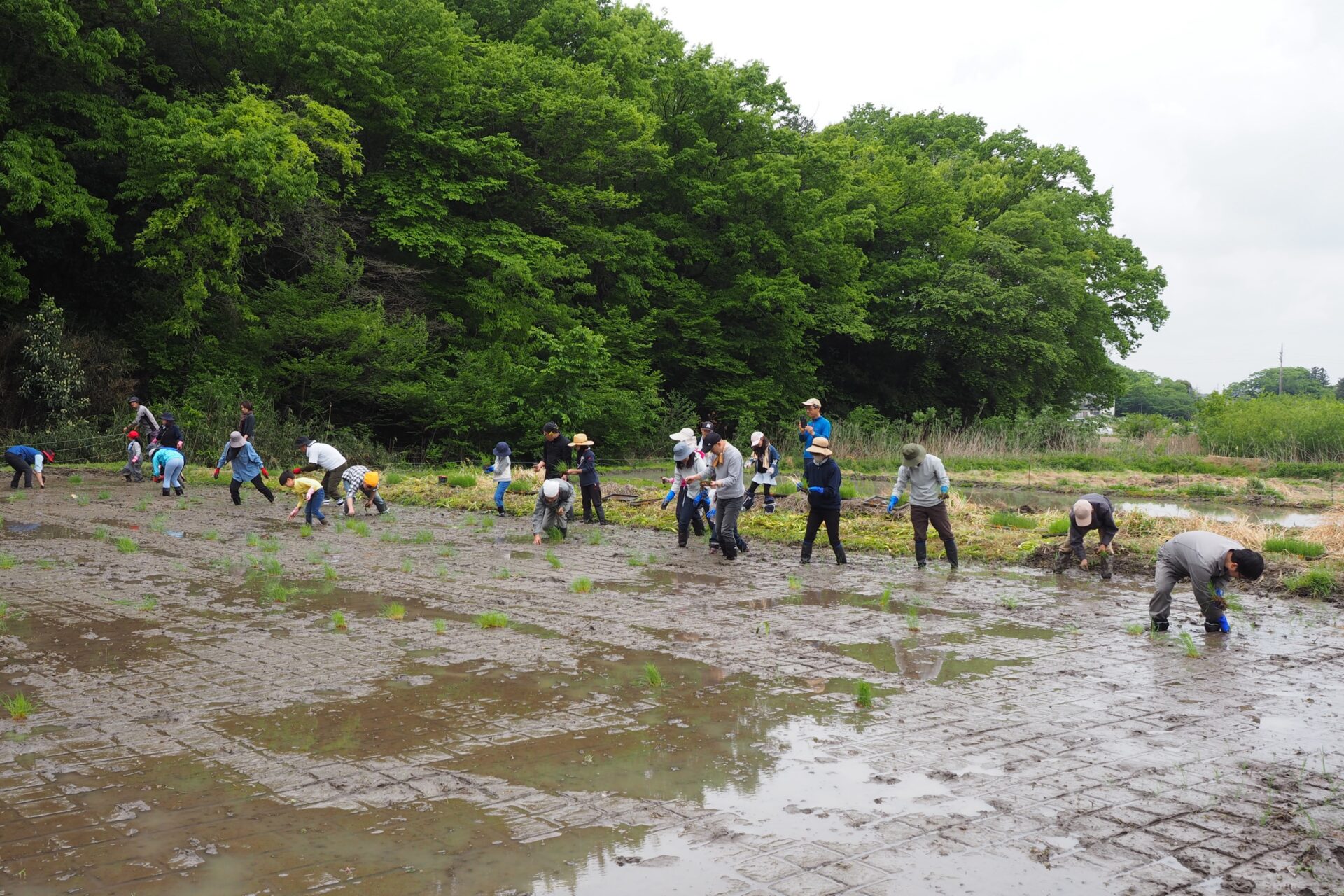
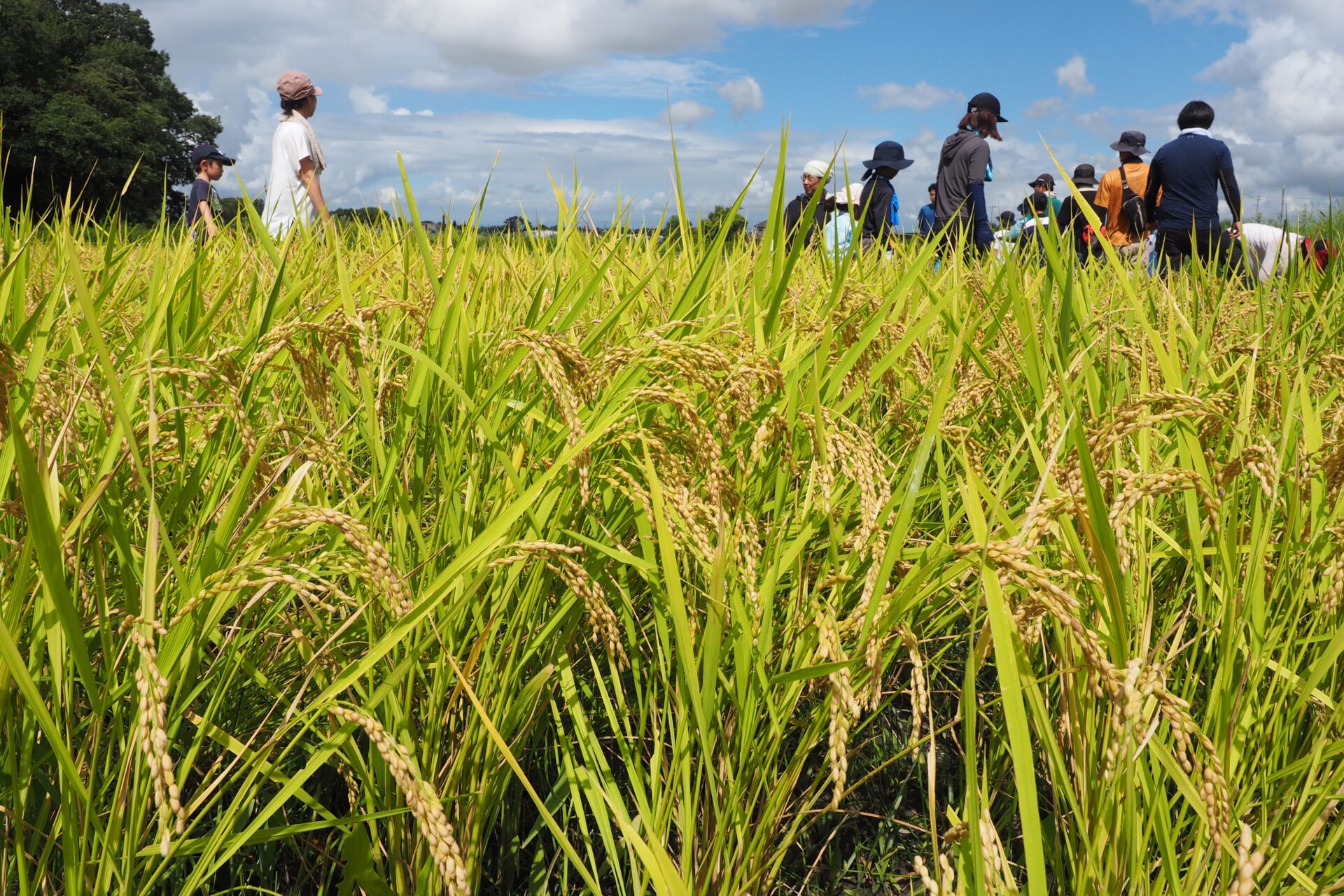
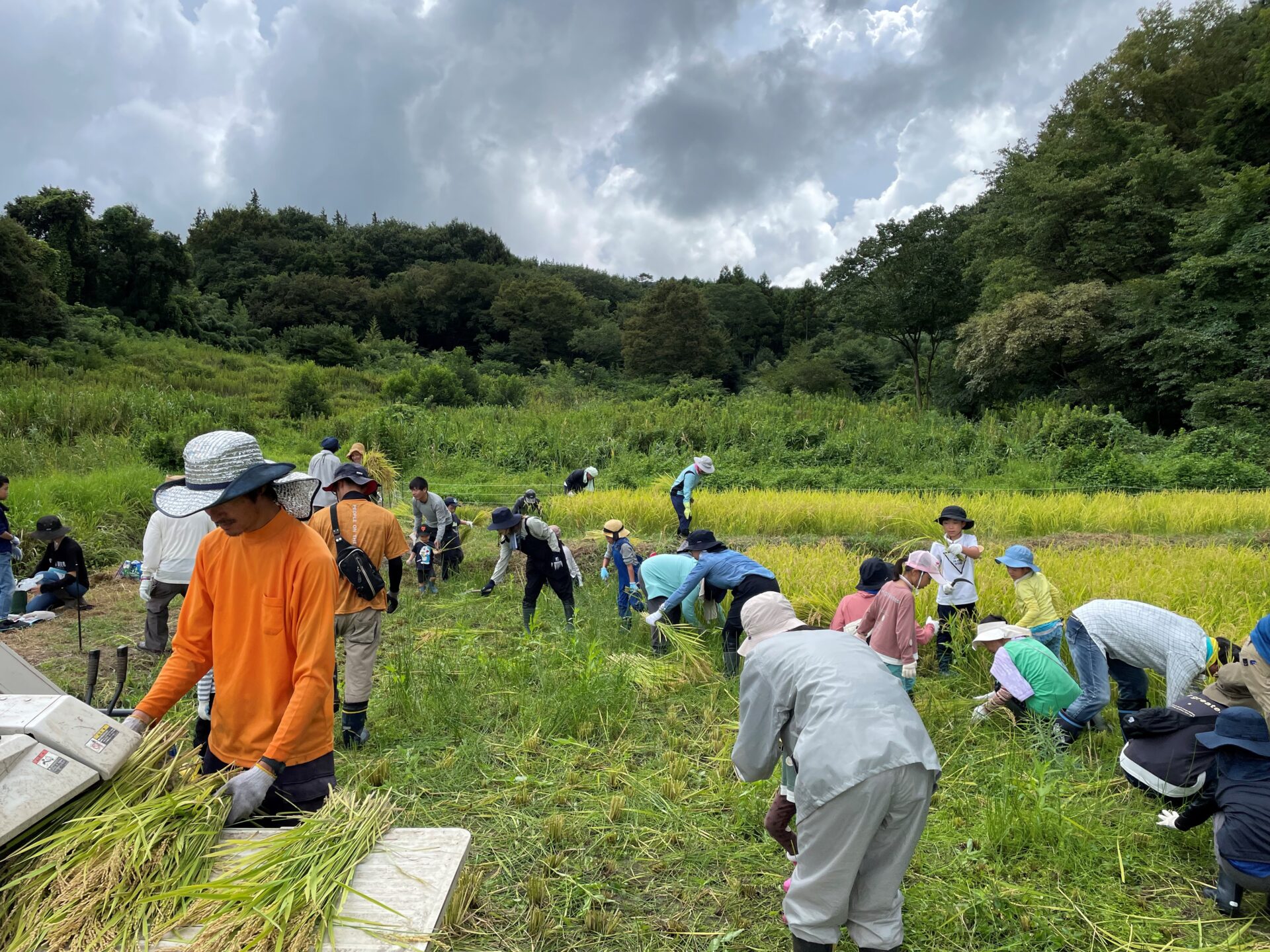
Sakuragawa Co-creation Village (Sakuragawa City, Ibaraki Prefecture)

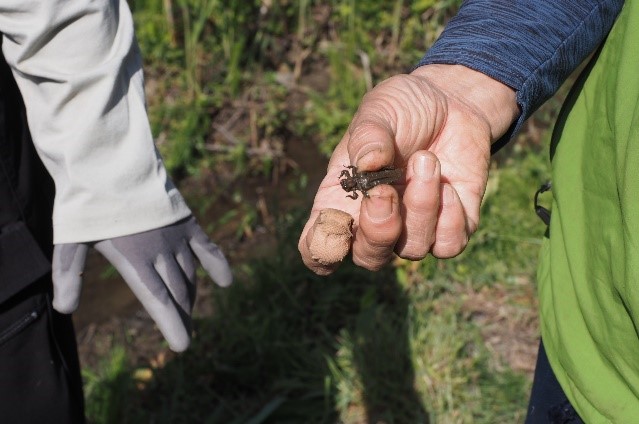
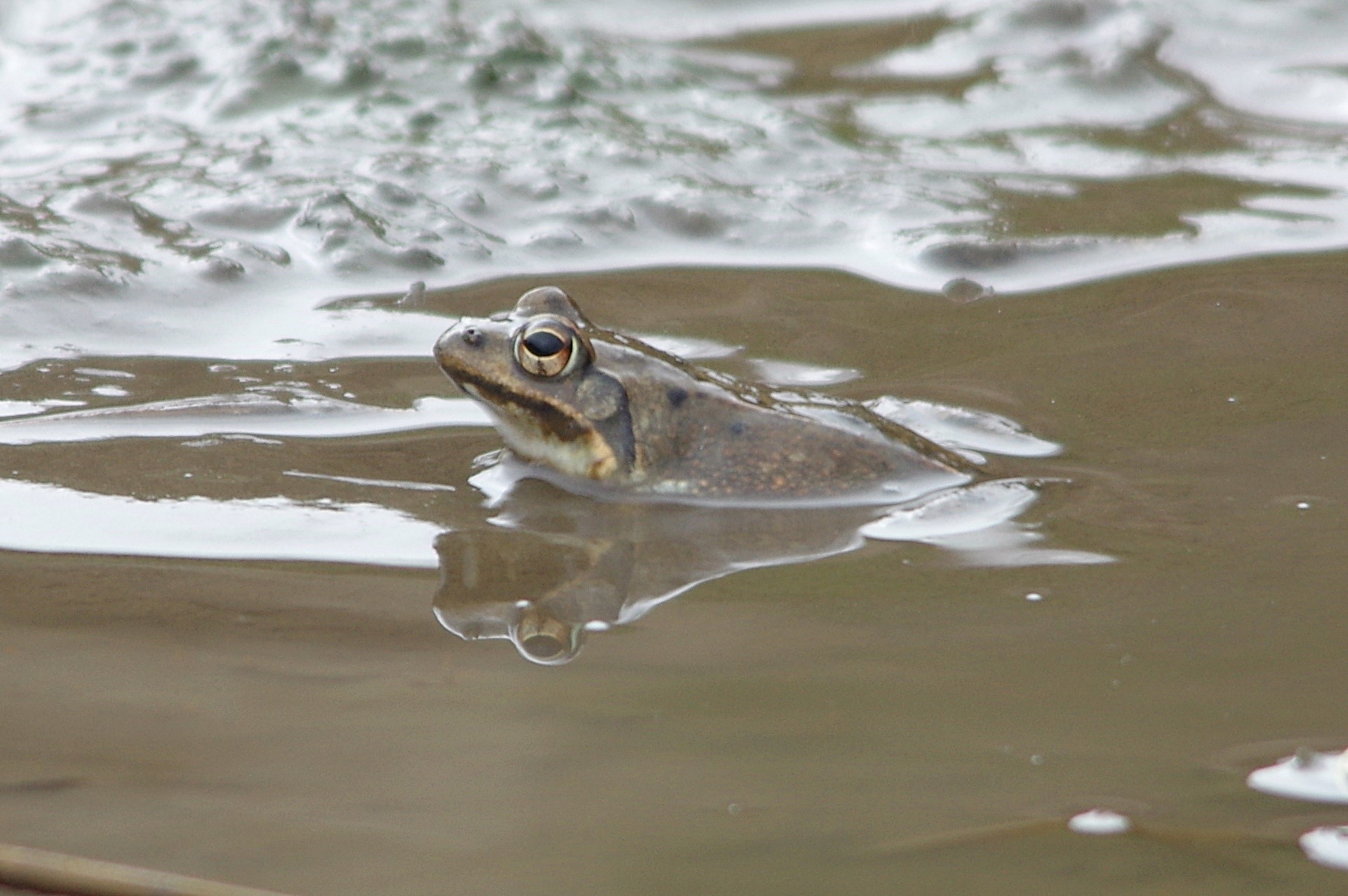
Many forms of life are recognized in Sakuragawa Kyoso-no-Sato: Dopatrium junceum (left), dragonfly nymph (center), Japanese red frog (right)
- *1In Japan, 20.5% of terrestrial areas and 13.3% of marine areas are conserved as protected areas (as of 2021, source: 30by30|Ministry of the Environment (env.go.jp))
- *2The “Kunming-Montreal Global Biodiversity Framework,” adopted at the 15th Conference of the Parties to the Convention on Biological Diversity (COP 15) held in December 2022, includes the 30by30 target as one of the global targets for 2030. Based on this new framework, Japanese Cabinet adopted “National Biodiversity Strategy 2023-2030.” In this strategy, the Japanese Government positions 30by30 target as a part of the country’s target to realize “nature positive” (a situation in which destruction of biodiversity is stopped and reversed) (source: 30by30|Ministry of the Environment (env.go.jp) )
- *3OECM: Other effective area-based conservation measures
- *4Water of Kasumigaura is utilized as agricultural water, industrial water and city water for Ibaraki Prefecture, Chiba Prefecture, Tokyo Metropolis, etc.
- *5TNFD: Taskforce on Nature-related Financial Disclosures
- *6News release announced on August 7, 2024, “Resonac Commits to Biodiversity Conservation by Registering as a TNFD Adopter